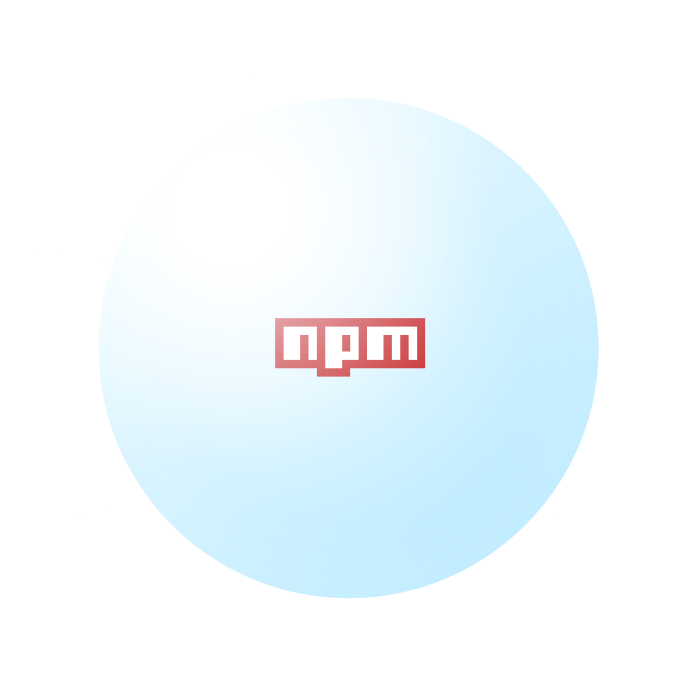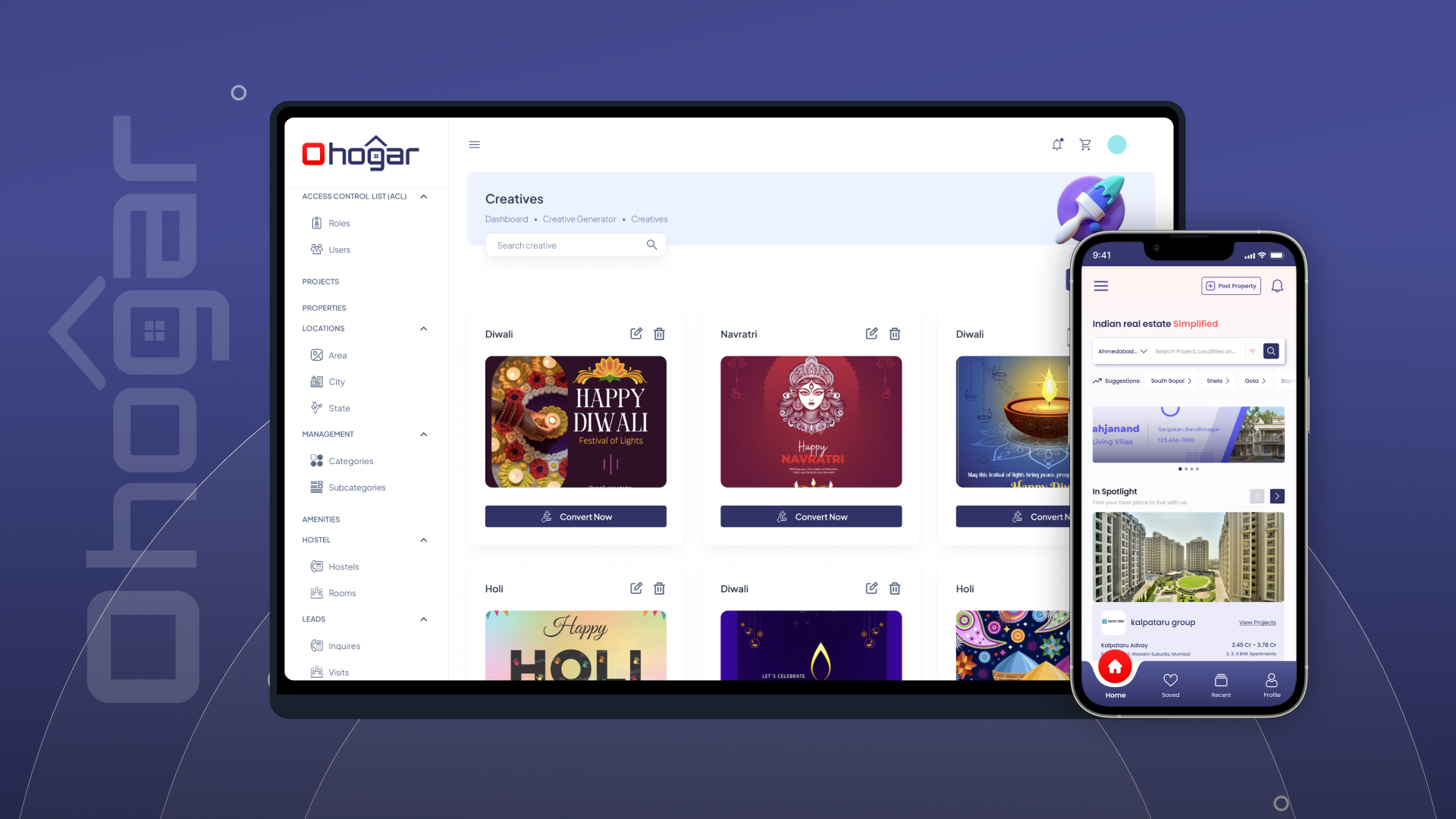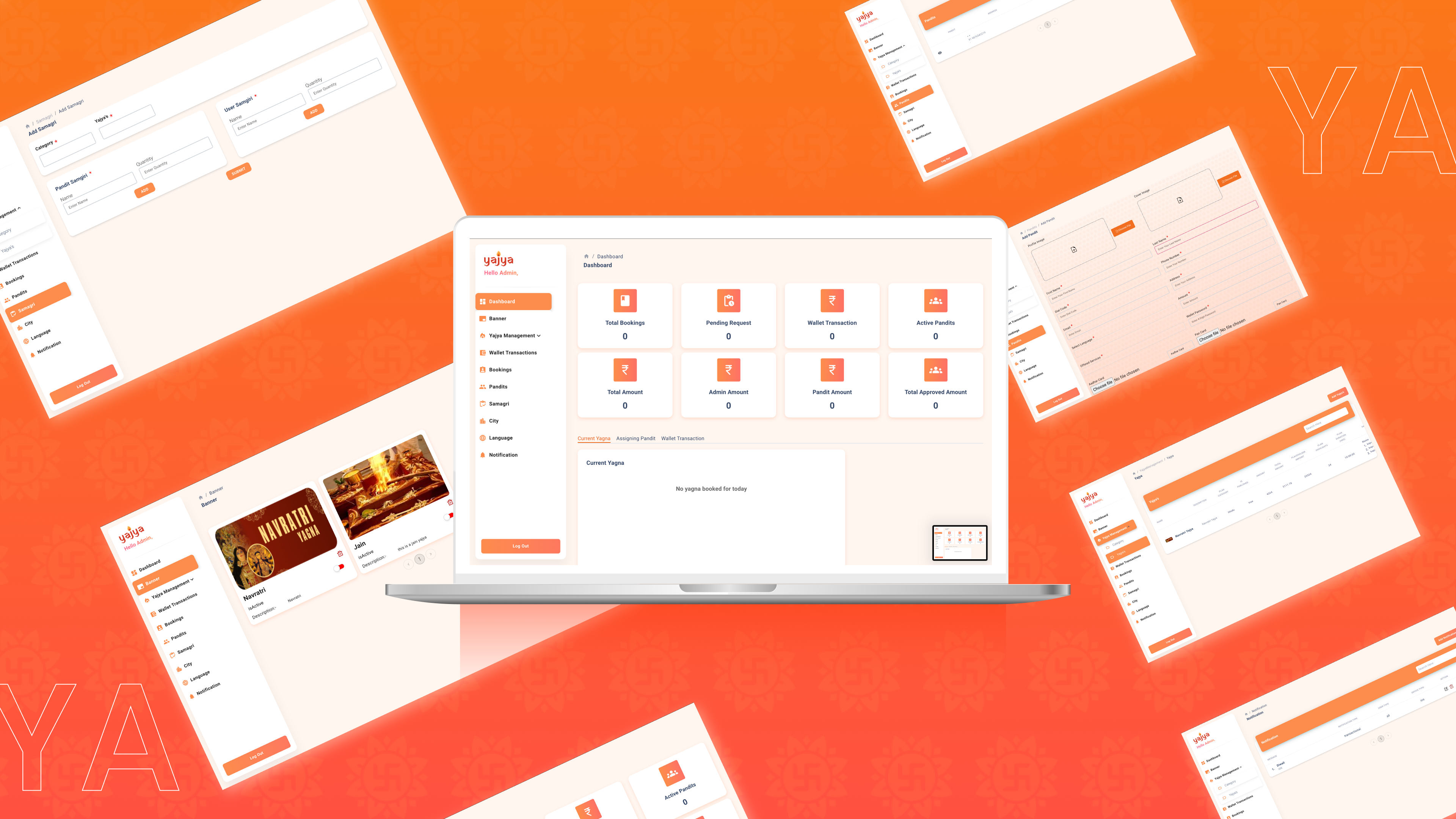
We ensure a seamless Jira deployment, configuring it to align with your business processes for optimal workflow management.
Enhance efficiency with tailored automation rules, reducing manual work and ensuring smooth task transitions.
Leverage Jira’s Agile and Scrum tools for sprint planning, backlog management, and real-time progress tracking.
Integrate Jira with essential tools like Confluence, Bitbucket, Slack, and third-party applications to create a connected ecosystem.
Gain valuable insights with customizable dashboards and reports to track team performance and project progress.
Secure your projects with customizable permissions, ensuring data privacy and access control based on user roles.
Seamlessly integrate our top-tier developers into your workflow.
Boost your team’s capabilities without the overhead of full-time hires.
Access on-demand expertise whenever you need it.






















NPM (Node Package Manager) is a package manager for JavaScript that helps developers manage and share code packages (modules) in their Node.js applications. It allows for easy installation, updating, and management of these packages.
NPM is bundled with Node.js, so by installing Node.js, you automatically get NPM. You can download Node.js from the official website, and the installation will include NPM.
A package in NPM is a reusable piece of code that is published and shared through the NPM registry. It typically includes a library or utility that can be used in Node.js or web applications.
To install a package, use the command npm install <package-name>. This will download and add the package to your project's node_modules directory and update the package.json file with the dependency.
package.json is a file in your project that contains metadata about the project, including its dependencies, scripts, version, and other configurations. It is used by NPM to manage and install packages.
To update a package, use the command npm update <package-name>. This will fetch the latest version of the specified package that is compatible with the version constraints defined in package.json.
The command npm install installs a package but does not update the package.json file by default. The --save flag explicitly adds the package to the dependencies section of package.json (this is the default behavior in newer NPM versions).
To uninstall a package, use the command npm uninstall <package-name>. This will remove the package from the node_modules directory and update the package.json file accordingly.
npm init is a command used to create a new package.json file for your project. It prompts you to provide basic information about your project, such as its name, version, description, and entry point.
The NPM registry is a large public database of JavaScript packages and their metadata. It is the default repository where NPM fetches packages from when you install them.
All copy right reserved 2025 @CodnestX